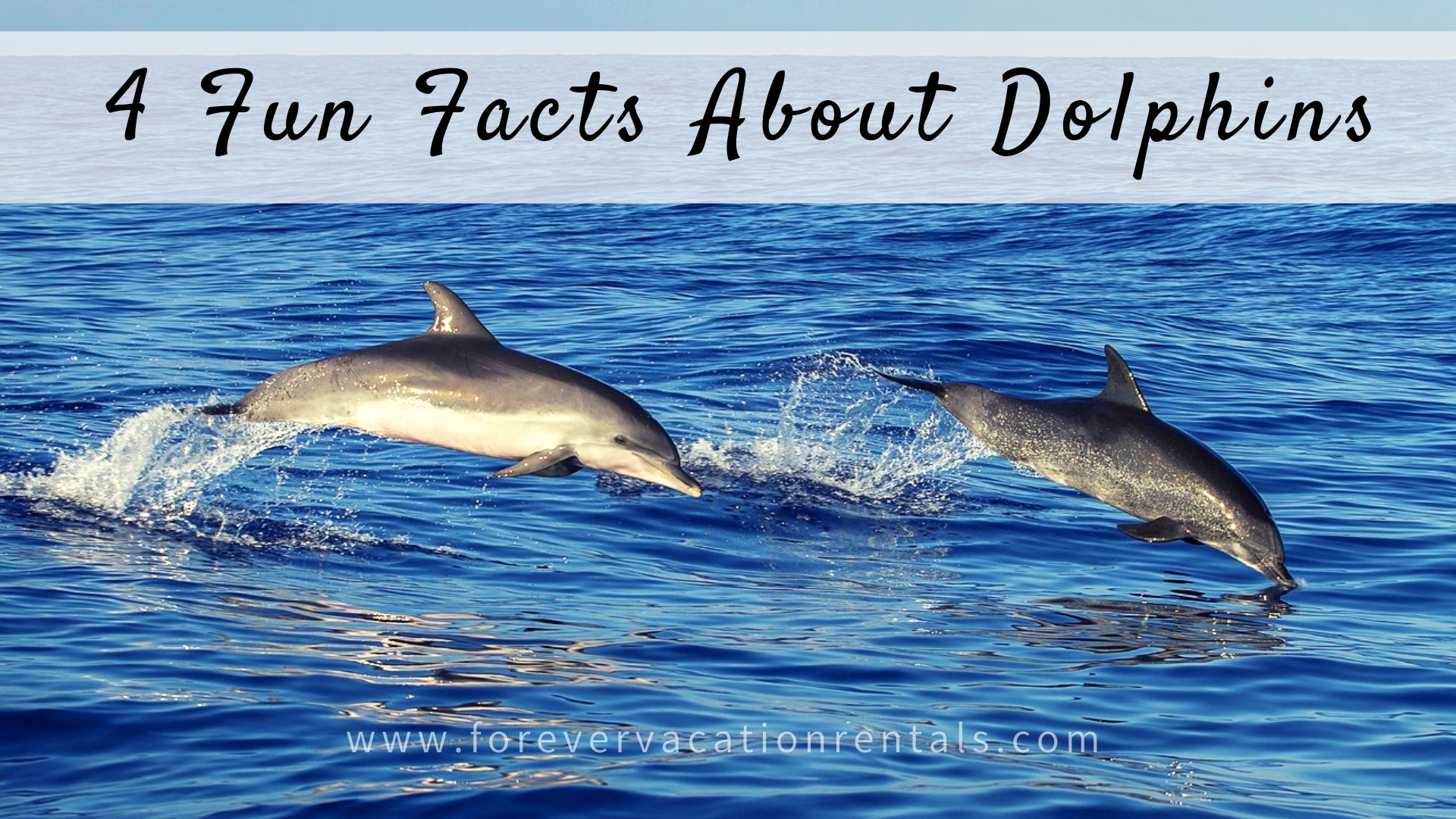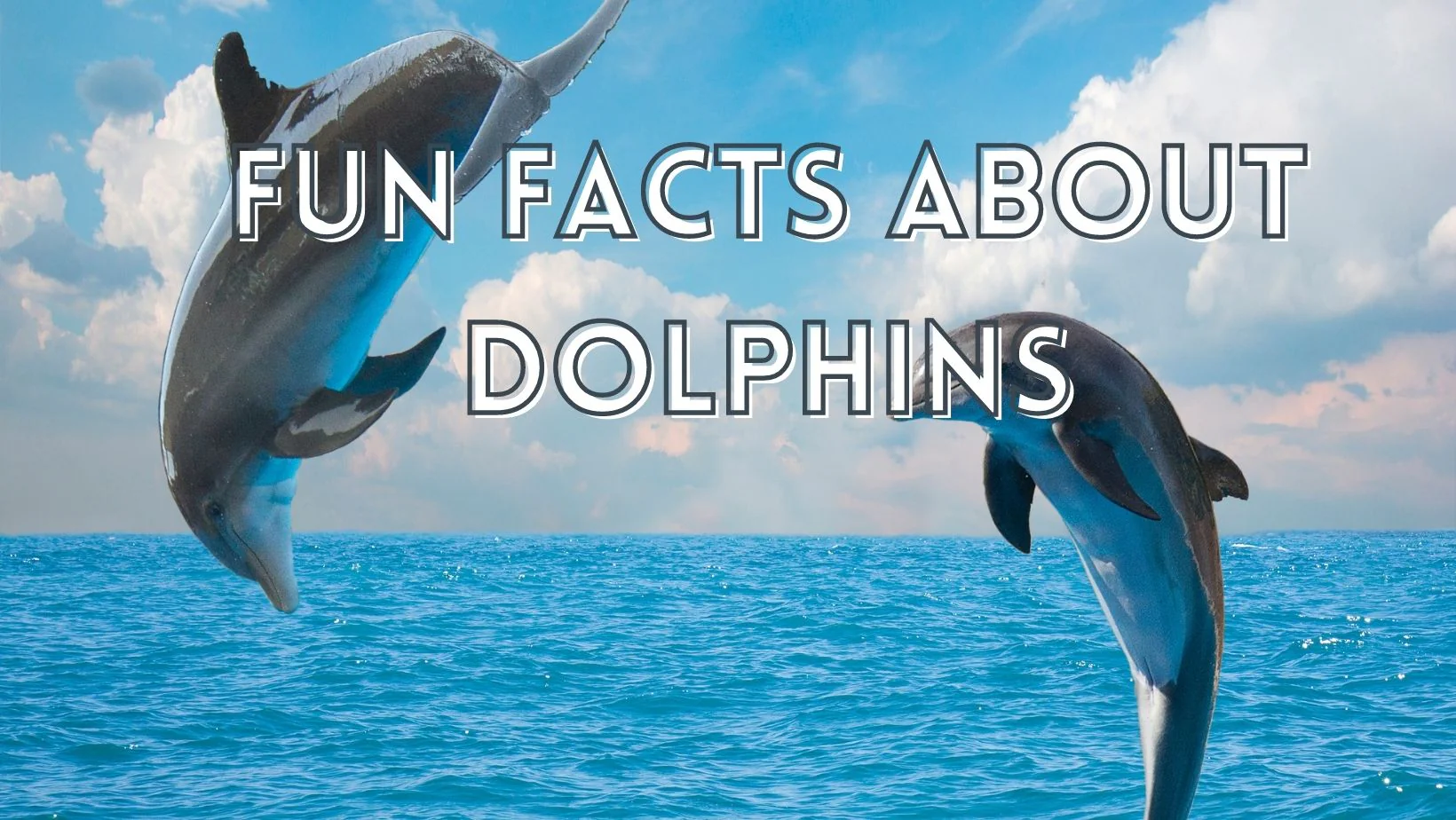Reveal Surprising Dolphin Facts That Highlight Their Playful Nature
Reveal Surprising Dolphin Facts That Highlight Their Playful Nature
Blog Article
Study the Sea: Fascinating Dolphin Truths for Ocean Lovers
The world of dolphins offers an interesting intersection of intelligence, social actions, and ecological significance. From their intricate interaction techniques to their impressive problem-solving abilities, dolphins test our understanding of animal knowledge.
Dolphin Variety Variety
Diversity is a characteristic of the dolphin family members, encompassing a vast array of types that show distinctive physical qualities, behaviors, and habitats. The family members Delphinidae, frequently called nautical dolphins, comprises approximately 37 varieties, each adjusted to particular eco-friendly niches. The bottlenose dolphin (Tursiops truncatus) is renowned for its intelligence and versatility, flourishing in both open and coastal sea settings.
On the other hand, the orca (Orcinus whale), often described as the awesome whale, is the biggest participant of the dolphin family and is defined by its striking black-and-white coloration. Orcas demonstrate intricate social frameworks and hunting techniques, showcasing the behavior variety within the family members. Other types, such as the rewriter dolphin (Stenella longirostris), are noted for their acrobatic displays and choice for warmer waters, highlighting the versatility of dolphins to various aquatic ecological communities.
In addition, river dolphins, including the pink river dolphin (Inia geoffrensis), inhabit freshwater settings, additionally highlighting the wide-ranging habitats that dolphins occupy. Dolphin Facts. This extraordinary diversity not just improves marine environments however additionally emphasizes the value of preservation efforts to shield these impressive animals and their settings
Social Habits and Interaction
The detailed social habits and communication methods of dolphins are important components of their existence, facilitating team communication and improving survival. These very intelligent aquatic mammals exhibit complicated social structures, typically creating cases that can vary from a few people to over a hundred. Within these teams, dolphins take part in behaviors such as cooperative hunting, social play, and shared defense, which foster solid bonds amongst participants.
Dolphins utilize an advanced selection of vocalizations, including clicks, whistles, and body language, to share information and reveal emotions. Their signature whistles act as one-of-a-kind identifiers, akin to names, making it possible for people to call out to each other. This vocal communication is enhanced by non-verbal signals, such as leaping, slapping the water, and integrated swimming, which further improves their communications.

Distinct Feeding Habits
Unique feeding routines characterize dolphins, showcasing their flexibility and intelligence in various aquatic environments. These marine animals are recognized for their diverse diets, which mainly include fish, squid, and crustaceans. Their searching methods can differ considerably, often customized to the details target and ecological conditions.
One remarkable method is participating searching, where dolphins work in teams to herd institutions of fish into limited formations, making it simpler for people to catch their dish. This social actions not only enhances their feeding performance but likewise reinforces social bonds within the hull. Additionally, dolphins have actually been observed using a strategy called "fish-whacking," where they use their tails to disorient or stun fish, facilitating much easier capture.
An additional interesting feeding habit is echolocation, which allows dolphins to spot prey even in murky waters. By discharging audio waves and analyzing the returning echoes, they can recognize the dimension, more shape, and place of their targets. This remarkable ability highlights their versatility in different environments, from shallow coastal locations to deeper oceanic waters. On the whole, the distinct feeding behaviors of dolphins highlight their function as experienced killers within the marine ecological community, showing both knowledge and ingenuity.
Intelligence and Issue Solving
Dolphins exemplify impressive cognitive capabilities that prolong past their sophisticated feeding strategies. Their knowledge appears in their analytical skills, social interactions, and capacity for understanding. Research study has shown that dolphins can use devices, such as using marine sponges to safeguard their rostrums while foraging on the seafloor. This habits highlights their capacity to adjust their setting properly and adjust strategies to enhance survival.
Furthermore, dolphins show sophisticated interaction skills, using an intricate system of clicks, whistles, and body language. Dolphin Facts. This interaction is essential for collaborating group tasks, such as hunting and socializing, illustrating their capability to function jointly towards a typical goal. Their ability to recognize abstract concepts, including self-recognition in mirrors, additionally highlights their cognitive class
In controlled studies, dolphins have revealed an ability to fix problems and carry out jobs that need both memory and critical reasoning. These interactions show not only knowledge however likewise a willingness to engage with their environment in novel methods. Overall, the cognitive expertise of dolphins places them amongst the most intelligent species in the world, fostering a deeper appreciation for their duty in aquatic communities.
Preservation and Environmental Influence
Preservation initiatives aimed at securing aquatic ecological communities are crucial for preserving dolphin populaces and their habitats. Dolphins are very conscious environmental changes, and their survival is intricately linked to the health and wellness of nautical ecosystems. Overfishing, contamination, and climate change position considerable dangers to both dolphins and their settings.
Overfishing interferes with the food cycle, resulting in a decrease in prey Read Full Article species essential for dolphin survival. Toxins such as chemicals and plastics collect in marine settings, endangering dolphins via intake and bioaccumulation. Increased water temperature levels and sea acidification, repercussions of environment change, better jeopardize the fragile balance of aquatic ecological communities, affecting dolphin breeding and migratory patterns.
Preservation initiatives, including the facility of marine safeguarded locations (MPAs), play a crucial role in guarding these smart animals. MPAs find here assist reduce human impact, permitting ecological communities to recuperate and flourish. Public awareness campaigns and area involvement are likewise essential, cultivating a culture of stewardship towards marine life. By focusing on preservation efforts, we can ensure that future generations take pleasure in the appeal and vitality of dolphins and the oceans they live in. Securing marine ecological communities is not almost conserving dolphins; it is about maintaining the intricate web of life that maintains all of us.
Final Thought
Dolphins exhibit the intricacy and splendor of aquatic life through their varied species, intricate social frameworks, and advanced cognitive capacities. As important elements of marine ecological communities, dolphins emphasize the necessity of recurring preservation efforts to secure their habitats.
Other types, such as the spinner dolphin (Stenella longirostris), are noted for their acrobatic display screens and choice for warmer waters, highlighting the flexibility of dolphins to numerous aquatic ecological communities.
On the whole, the one-of-a-kind feeding behaviors of dolphins highlight their role as proficient predators within the marine community, showing both knowledge and ingenuity.
Overall, the cognitive prowess of dolphins positions them among the most smart species on the planet, fostering a deeper admiration for their duty in marine ecological communities.

Report this page